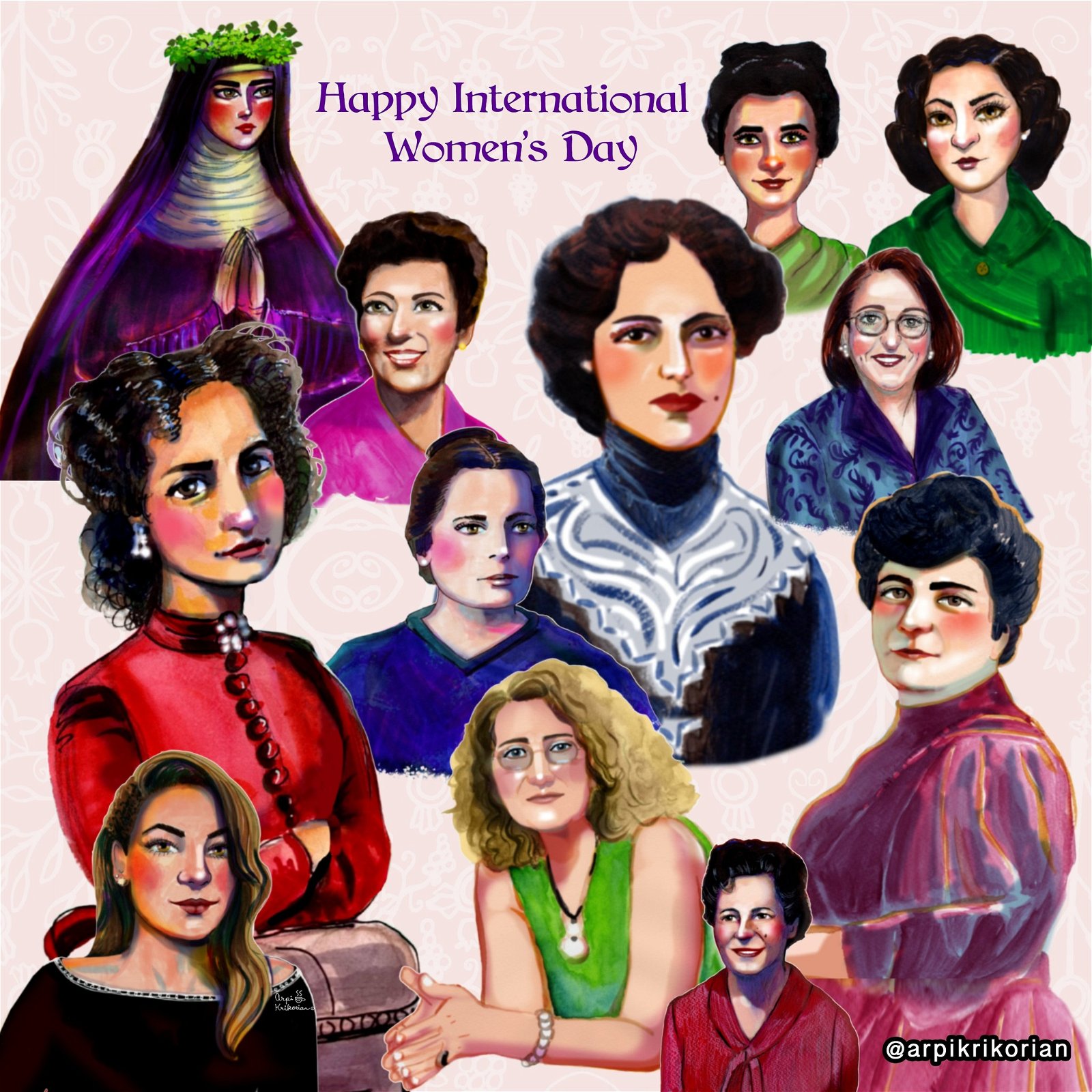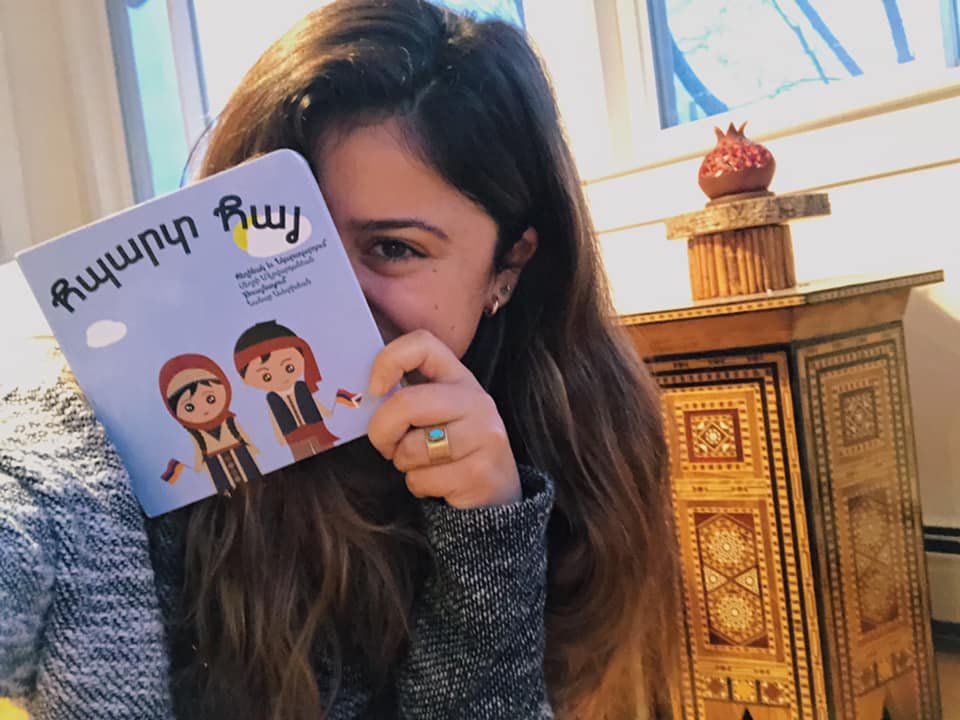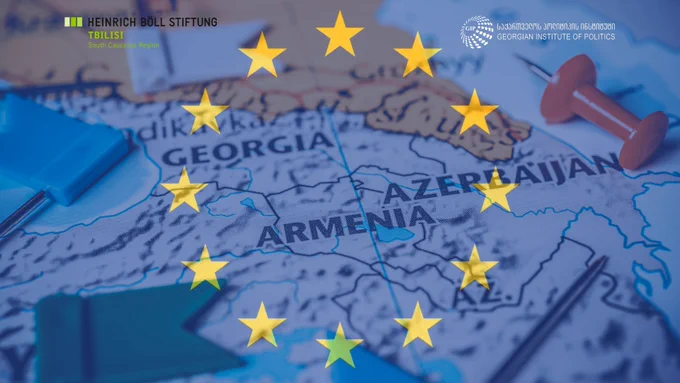I am proud to stand with resilient Armenian women from the past, shaping tomorrow’s history together. I am also honored to work alongside today’s Armenian women writers, many of whom are preserving the Western Armenian language from disappearing.
In 2009, UNESCO designated Western Armenian as “definitely endangered” due to children not speaking it. UNESCO classifies language endangerment in four levels: “vulnerable,” “definitely endangered,” “severely endangered” and “critically endangered,” based on intergenerational transfer. While there’s no precise threshold for identifying endangered languages, UNESCO’s 2003 document on language vitality outlines nine factors, including the presence of literature in the endangered language.
Western Armenian is perilously close to extinction, just three steps away from being classified as “extinct” and one step away from being labeled “severely endangered.” The crucial factor lies in our children and the accessibility of educational materials and literature originally written in Western Armenian.
Among the relentless advocates striving to prevent further progression along the extinction continuum are six Armenian women.
 Photo and illustrations by Apri Krikorian (Facebook)
Photo and illustrations by Apri Krikorian (Facebook)
Women like Apri Krikorian, founder and president of Arpi Publishing, whose mission is to engage authors and book illustrators in the creation of original Western Armenian works for children and young adults. Through initiatives like the 2024 Western Armenian Women of Letters Calendar featuring 12 remarkable writers, the organization breathes life into its mission. Beautifully illustrated, the calendar reminds readers of many women writers from history and introduces women writers of today.
Women like Dr. Tamar Marie Boyadjian, an esteemed author, poet and internationally acclaimed figure in Western Armenian literature. As the sole U.S.-born writer featured in the calendar, she contributes to Arpi Publishing as both a curator and translator, and she’s currently crafting a fantasy series for young adults.
Women like Dr. Maral Aktokmakyan, a literary scholar, translator and editor based in Istanbul. She writes about modern Western Armenian literature, with particular attention to women authors and autobiographical narratives. Serving as one of the curators and translators for the calendar, her work illuminates the rich tapestry of Armenian literary heritage.
 Gayane Aghabalyan and Elmira Ayvazyan
Gayane Aghabalyan and Elmira Ayvazyan
Women like Gayane Aghbalyan and Elmira Ayvazyan, the authors of Armenian Wonderwomen. The book showcases the extraordinary achievements of 38 Armenian women who transcended societal gender barriers. Their collaboration, sparked during an exchange program in the U.S., culminated in a four-year project to unearth forgotten stories. Armenian Wonderwomen is distributed in North America by Arpi Krikorian.
Women like Meghri Dervartanian, dedicated to educating children in Western Armenian. Through a series of children’s books, alphabet flashcards and teaching tools, she cultivates a passion for the language, offering tutoring classes and a vibrant social media presence to engage both children and adults alike.
 Meghri Dervartanian
Meghri Dervartanian
These remarkable women arrived at a common realization through diverse paths. For Krikorian, the urgency of the situation became apparent when an Armenian bookseller informed her of the absence of new Western Armenian authors. Dr. Boyadjian and Dr. Aktokmokyan embarked on intensive research, identifying a mere 40 women writers in Western Armenian literature, 12 of whom were showcased in the Western Armenian Women of Letters Calendar. Aghbalyan and Ayvazyan were similarly moved by the erasure of countless women from history. For Dervartanian, it’s a fervent desire to instill her love and passion for her mother tongue in others, so they will speak and create with it.
During Women’s History Month, let’s pay tribute to the legacies of notable Western Armenian women writers such as Srpouhi Dussap, Zabel Asadour (Sybil) and Zabel Yesayan, by supporting the emerging Armenian women who are destined to become the legacies of tomorrow’s history. Let’s start by writing and speaking their names: Արփի Գրիգորեան, Թամար Մարի Պoյաճեան, Մարալ Ագթօքմաքեան, Գայանե Աղբալյան, Էլմիրա Այվազյան, and Մեղրի Տէրվարդանեան.
Author information

Victoria Atamian Waterman
Victoria Atamian Waterman is a writer born in Rhode Island. Growing up in an immigrant, bilingual, multi-generational home with survivors of the Armenian Genocide has shaped the storyteller she has become. She is a trustee of Soorp Asdvadzadzin Armenian Apostolic Church and chair of the Armenian Heritage Monument in Whitinsville, MA. She is the author of “Who She Left Behind.”
The post Today’s women are writing tomorrow’s history appeared first on The Armenian Weekly.
